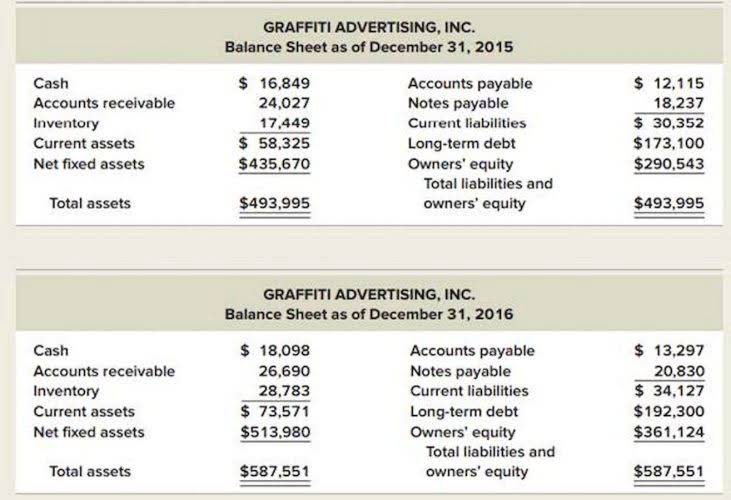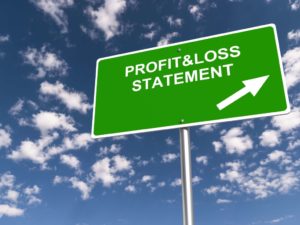In-House vs Outsourced Accounting

Bookkeeping and accounting services for small businesses provide you with highly skilled and experienced professionals who put their expertise to work on your behalf. Outsourcing accounting services means you’re bringing in external professionals to handle your business’s financial matters. Outsourced accounting firms can offer more competitive pricing and a wider range of services. https://www.bookstime.com/ They may also be able to provide more objective advice since they are not as invested in the company’s day-to-day operations. However, they may not be as accessible as an in-house firm, and you may have to sacrifice some personalization. In-house accounting firms can offer more personalized service since they are familiar with your company’s culture and operations.
- We help businesses operate smoothly and profitably, reducing their tax burden and providing accounting consulting services with a personal touch.
- The accounting landscape is constantly changing, with new regulations and standards being introduced to keep pace with industry developments and emerging trends.
- Prioritize hiring someone who catches on quickly and requires minimal supervision.
- In contrast, businesses with skilled accountants already in place may opt for in-house accounting to leverage their internal capabilities.
- The first-generation law student said he applied to scores of law firms during his first year.
In-House Accounting vs. Outsourcing
When most companies are evaluating in-house accounting, they rarely take the business and personal time lost and additional expenses into the picture. Once these additional expenses are considered, the in-house option looks much less preferable. Outsourcing bookkeeping services lets you easily adjust the support based on your business needs. You can get extra help during busy financial periods or for daily bookkeeping tasks. Outsourcing allows you to change the support as per your specific requirements. What’s more, the aspects of financial management that do require your attention—like recording expenses, analysing cash flow, and approvals—can be completed much faster.
Learn more about Bloomberg Tax or Log In to keep reading:
Beyond salary and benefits, there are human resource, training, and legal compliance expenses. Sorge CPA’s advisors provide our clients with a complete spectrum of audit, compliance and advisory services that give them the meaningful information they need to make better business decisions. Hiring an accountant is a wise decision for any business owner or individual. If you’re not sure where to start, contact Sorge CPA today to get started.
Managing Risks and Rules:
And with QuickBooks Online Plus, you’ll be equipped with a powerful inventory and order management system. Allowing you to manage your inventory, accounting, and operational In-House Accounting vs Outsourcing needs from a single dashboard. This can also reduce the time and energy spent tracking down outstanding invoices, allowing you to keep the peace with your customers.
- Some choose regular accounting firms or DIY their bookkeeping, while others opt for white-label accounting services.
- Most importantly, outsourced accounting gives business executives more time to focus on what they do best—overall business strategy.
- They help you navigate the complex regulatory compliance landscape effectively.
- We can help you determine the best path forward to ensure financial success for your unique business.
- Compared to outsourcing, it can become quite costly to allocate operational duties in-house.
- By following these guidelines, you can tailor your accounting structure to your business’s unique circumstances, ensuring financial functions are managed effectively and efficiently.
What Is the Main Advantage of an In-House Approach?

Medicare’s finances have also improved somewhat in the last year, thanks to a strong economy and lower-than-expected spending. Still, the program, which provides health care for nearly 67 million people, is expected to face its own cash crunch in 2036. Congressional Democrats have proposed higher taxes on the wealthy to support Social Security.

Outsourcing vs. In-House Accounting: Which is Best?
By understanding the intricacies of both options, businesses can make informed decisions that align with their financial objectives, operational efficiency, and long-term goals. Outsourcing your accounting department can provide benefits of cost, time, experience, and growth opportunity. If your business finds itself pondering whether to outsource your accounting, it is crucial to consider these factors in your decision. For smaller businesses with limited resources, outsourcing can be a cost-effective solution, providing access to professional expertise without the financial burden of maintaining an in-house team.
Hours of Service
Whether you hire a full-time or part-time employee, using an in-house accounting service can be costly. The average salary for an accountant, according to Payscale.com, is $52,233, which can quickly impact your budget. For some companies, control over their accounting may offer some benefits, particularly for those who prefer a hands-on approach to all aspects of their business’s operations. Smaller businesses may edge towards outsourcing for its cost-effectiveness and scalability, while larger firms often opt for in-house teams to maintain direct control. In contrast, outsourced accounting offers the agility to ramp up or dial back services as your business needs change, giving you access to a wide pool of expertise without long-term commitments.
- Automation allows you to streamline workflows—which means fewer clicks, less data entry, and less time spent going back over your work.
- At this point, company executives may be torn between hiring full-time accounting resources or outsourced accounting expertise.
- In contrast, outsourcing increases the amount of time that the consultant would need to understand the issue and the way the organization and the team works, reducing team control.
- CostBusiness decisions revolve around cost, and hiring an employee is expensive.
- While outsourcing offers cost-effectiveness, expertise, and scalability, in-house accounting provides control, customization, and enhanced communication.
- Their expertise can help businesses align their hedge accounting practices with the new standards, ensuring accurate financial reporting and compliance with the latest regulations.



